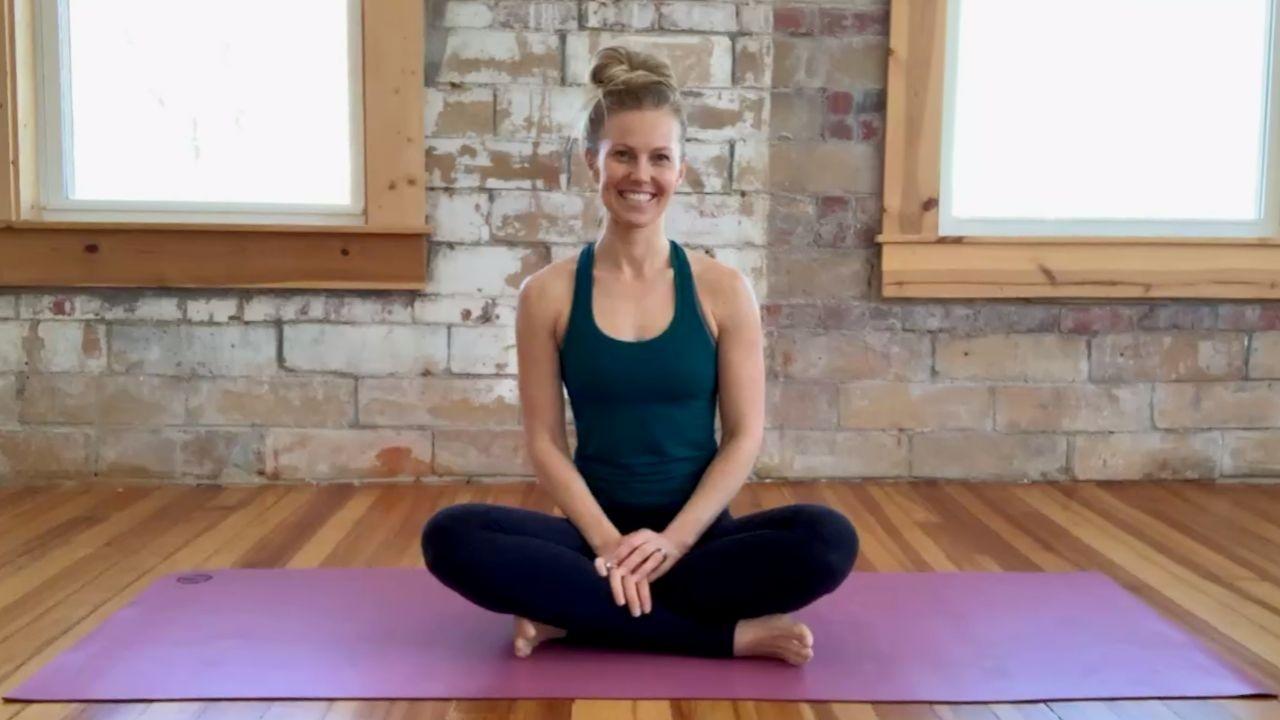Safe Ab Exercises For Diastasis Recti
May 28, 2020
Safe ab exercises for diastasis recti are not just about the movements themselves, but about bringing awareness to how your body functions.
That being said, I'm going to geek out on you for just a little bit in this post, mmmk? #nerdalert
This conversation did not go where I thought it was going to go BUT I just had to talk to you about the impact diastasis recti can have on your body.
Side note: abdominal separation does not have to be apart of your new normal.
Ladies, as you can tell this subject gets me FIRED UP so I'm excited for you to learn about how you can improve the fascia of your body to impact how you feel, heal and live.

Before we can work to prevent, minimize and even heal diastasis recti, we need to first evaluate your body as a whole. Many don’t realize how interconnected everything is in your body. Your pelvic floor function, posture, workouts, etc. all contribute to how your core functions.
So…how can you optimize your core function? Let me show you!
What Is Diastasis Recti?
Diastasis recti is the separation of the abdominals down the mid-line of your core. Many times, this is caused by pregnancy, but there are also circumstances where men and women have developed diastasis recti from doing too many crunches and flexion, which pulls the abdominals apart.
How Do I Know If I'm Developing Diastasis Recti?
If you see any coning of the belly or a ridge when you are performing core movements, this is a good indication that your fascial connection is weak and continued pressure can cause diastasis recti.
Is Healing Diastasis Recti All About Vanity?
No! When diastasis recti occurs, that means that the fascial connection in your abdominal wall is weak. When individuals continue to put pressure on this area, they can end up pushing their organs out through the abdominal separation, causing a bulging belly. When this happens, it can cause stagnation in your gut and result in digestive issues.
Where Do I Start Preventing, Minimizing + Healing My Diastasis Recti?
By changing the way you look at movement. When it comes to engaging your pelvic floor, deep core and glutes, LESS IS MORE! A light connection is what you want because when you grip, you actually shut off that pelvic floor connection and can cause pelvic floor dysfunction and incontinence.
Start to re-evaluate the exercises you are doing:
- Are your movements causing any coning of the belly?
- Do you feel a lot of pressure in your pelvic floor
- Do you feel a lot of pulling in your low back?
If you see or feel any of these, you need to pull back on your movements and work to rehabilitate your core. Once you have properly strengthened your body, including your deep core, you can begin incorporating more advanced movements into your daily routine!

If you are ready to start healing your deep core once and for all, you need my FREE Pelvic Floor PDF.
It includes my tips on how to properly engage your deep core while gaining a deeper understanding of how the pelvis is involved in SO many areas of our body! Download the PDF >>HERE!<<
The material contained within is provided for educational and informational purposes only and is not intended as medical advice. You should seek prompt medical care for any specific health issues and consult your physician before beginning a new regiment or purchasing any product(s).














